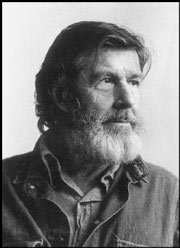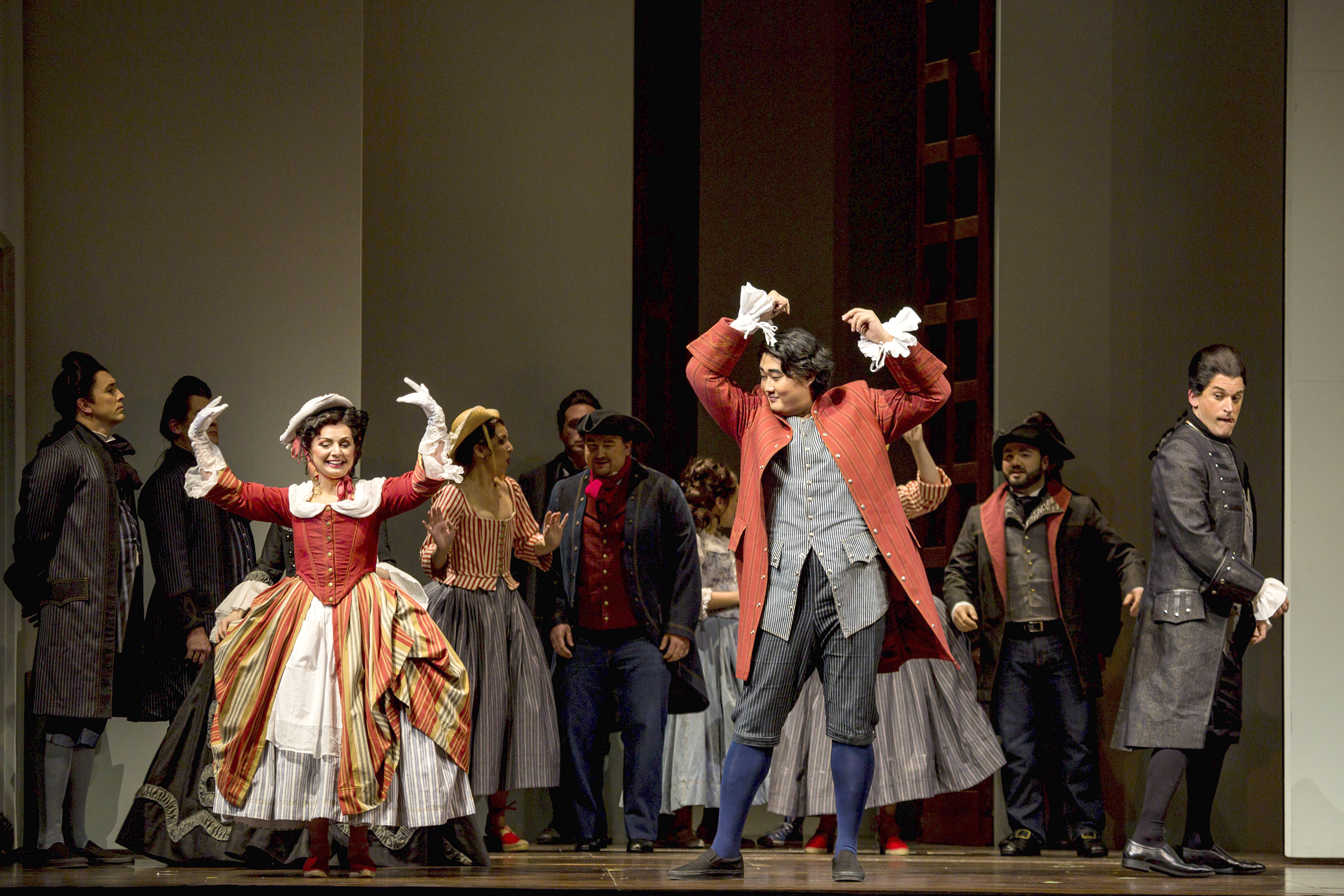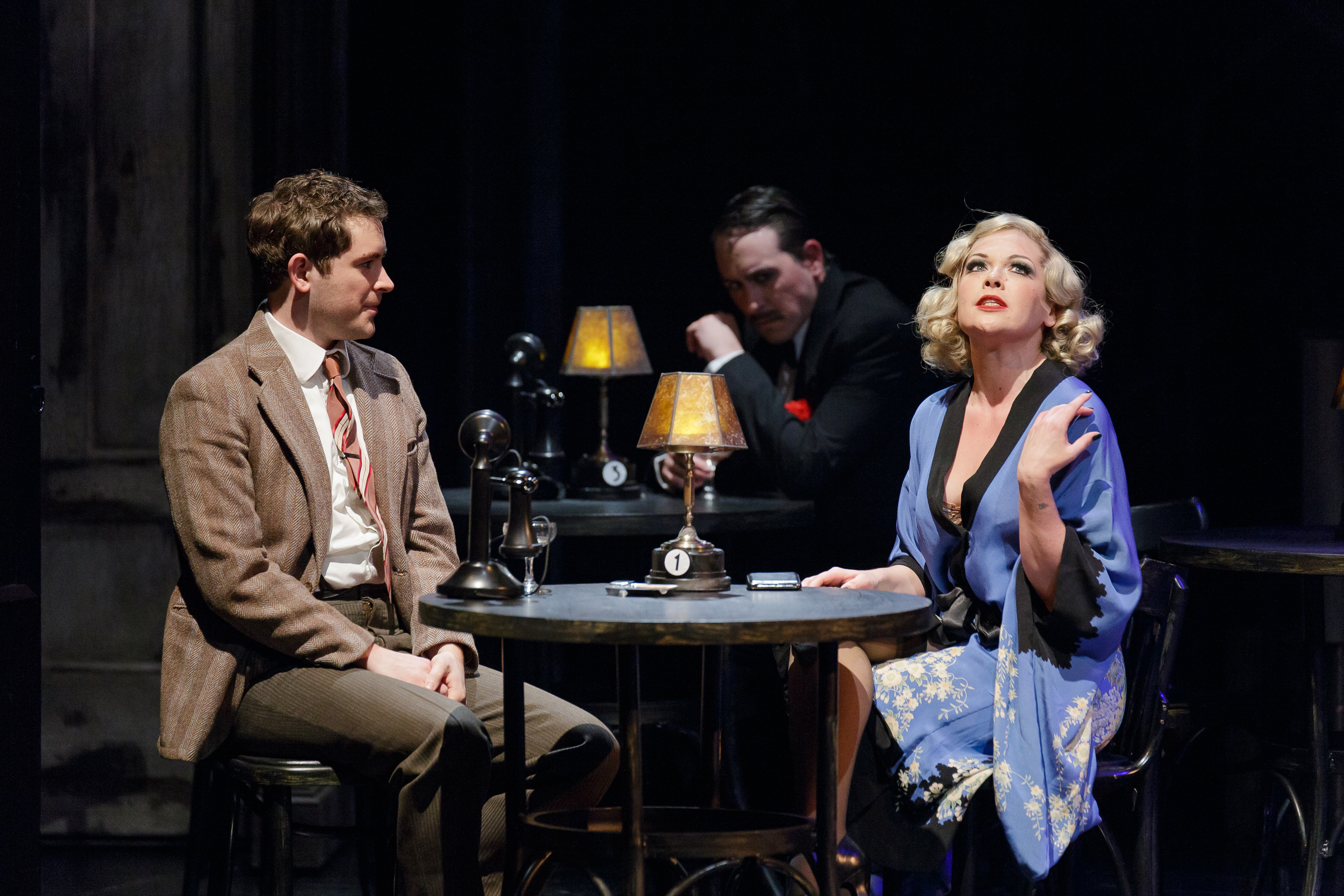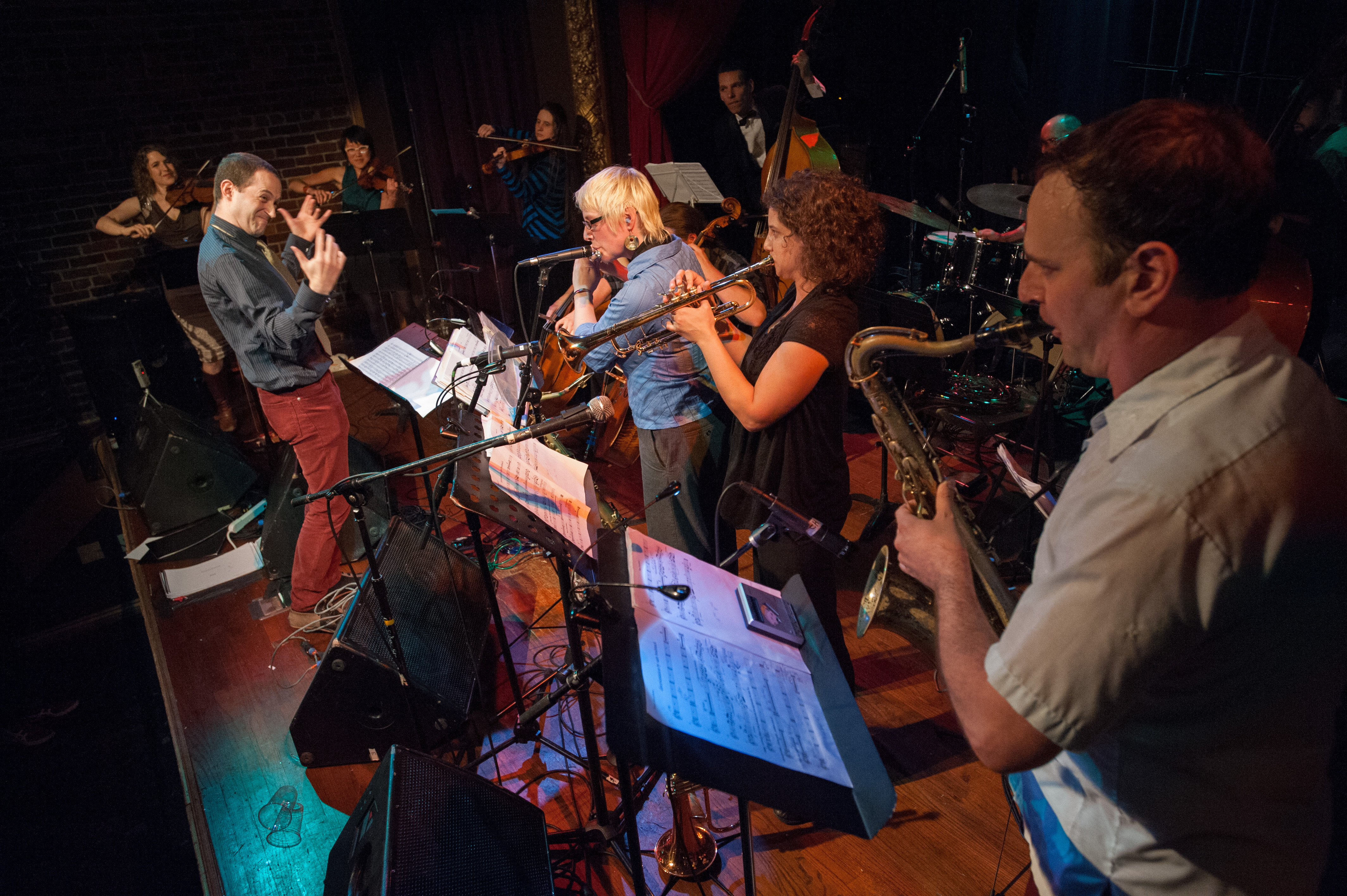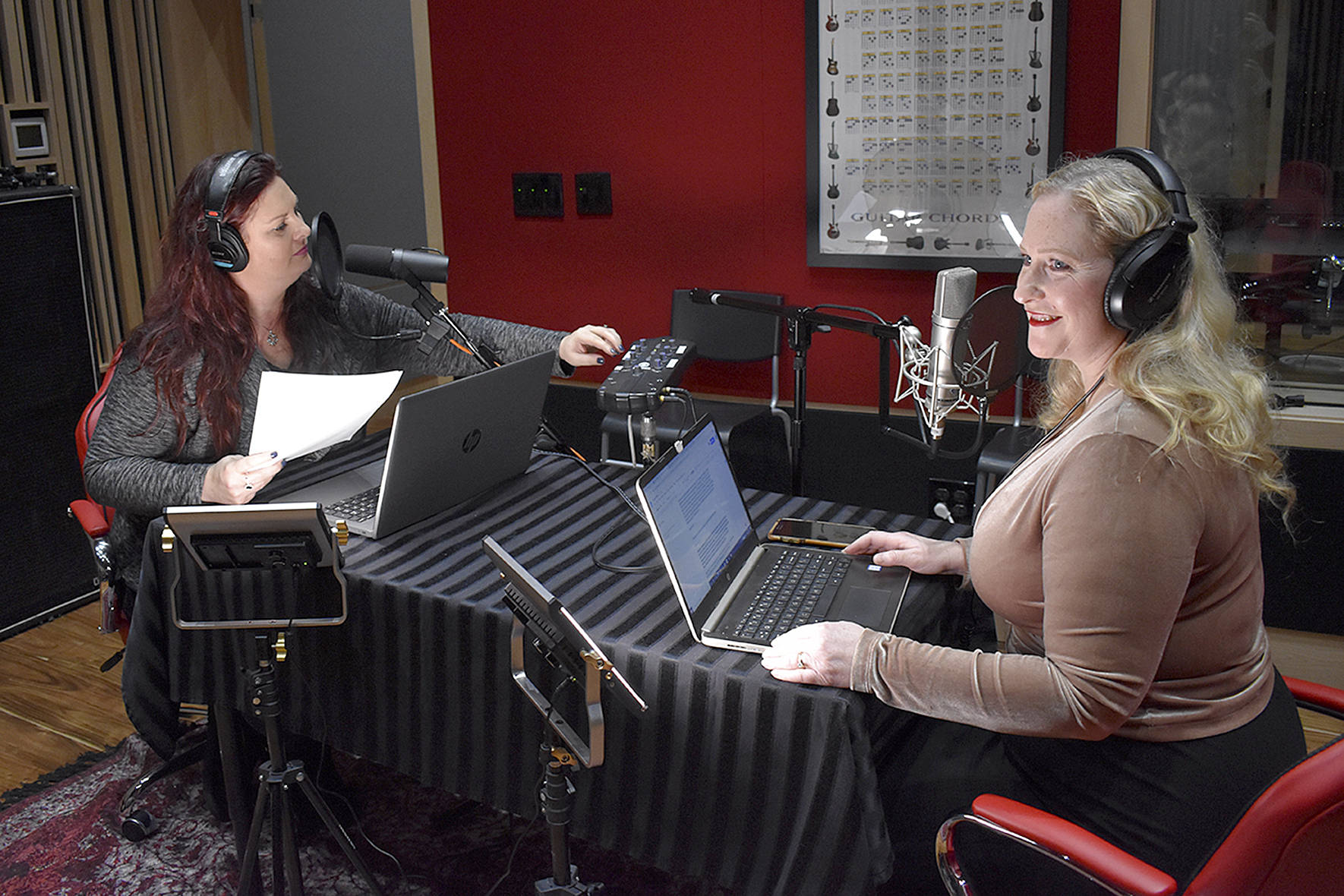SEATTLE CREATIVE ORCHESTRA
UW Summer Arts Festival, HUB Auditorium, UW campus, 543-4880, $8-$10 4:15 p.m. Sat., July 20
The name John Cage often evokes the furthest edge of the avant-garde: a burn-down-the-opera-houses, we-must-destroy-the-past attitude. But the aesthetic stance of this serene, smiling, macrobiotic-dieting student of Zen Buddhism was actually inclusive, not destructive. What distinguished composer Cage (1912-1992), whose Dances will be performed this weekend by the Seattle Creative Orchestra, had nothing to do with license. His innovation was to open the door to new sounds, new ways of organizing them, and new and broader answers to the basic question of what music is. He was an apostle of the joy and beauty to be found in music, but whose name, ironically, still frightens audiences. It would be hard to argue that he was the greatest composer of the 20th century—if only because the word “great” fit his gentle soul so ill. The most influential? Possibly. The most misunderstood? Unquestionably.
Cage, more than any other composer, was enamored of sound itself: sound both natural and man-made, appreciated for its own sake, free of a musician’s manipulations and from the burden of having to signify anything outside itself. It became his goal to remove ego from art-making, which he considered a barrier between sound and the listener. Rather than impose his own tastes, memories, likes, and dislikes—which could lead, he felt, only to clich魭he preferred to let sounds be themselves. His favored metaphor for composition was not the providing of answers but the asking of questions: What will result if I set up certain conditions and stand back and let something happen? Cage cultivated sound as one cultivates a plant—we don’t bend its growth to suit our own needs but select the right soil, the right light, the right amount of water, and the proper pot, and then let the plant take its own course.
Cage’s most famous piece invites the listener to notice—and contemplate—the sounds that are ever present in our environment. In 4’33”, a musician sits silent for four minutes and 33 seconds. In its original performance, pianist David Tudor signaled the beginning and end of each section (the silence is organized into three “movements” of 33 seconds; two minutes, 40 seconds; and one minute, 20 seconds) by closing and opening the lid of the keyboard. Through the ritual of concert performance, the piece provides us with an opportunity to enjoy listening for its own sake.
In the late 40s, Cage’s interest in Eastern religion led him to the I Ching, the ancient Chinese manual of divination. By tossing a coin six times, a random number between one and 64 is generated. Cage adopted the I Ching as another method of selecting and arranging sounds without imposing decision making on them; he used this chance operation to determine a sound’s duration, pitch, timbre, or any other sonic parameter.
It’s hard to make generalizations about what Cage’s music sounds like. Sixteen Dances, the first piece Cage wrote using the I Ching, is as typical of his “style”—with Cage, the usual critical vocabulary never quite seems to fit—as any of his works. It tends to be delicate, pointillistic, completely unconcerned with Western conventions of harmony or forward motion, and, above all, unaggressive. This weekend’s Dances were composed in 1950 to accompany a dance by his collaborator and companion, choreographer Merce Cunningham, whom he met during his years in Seattle (1938-1940), teaching at Cornish College of the Arts.
For some, Cage is all dangerous nihilism: If everything is art, then nothing is art. But the difference lies in the exercise of will—the composer transforming sounds by putting a conceptual “frame” around them. This decision, made with purposefulness and integrity, was itself an art-making act. An anecdote illustrates the point: Cage was describing one of his chance-oriented compositional procedures to a skeptical student, who remarked, “But I could do that.” Cage’s response: “Yes, but you don’t.”
gborchert@seattleweekly.com 
